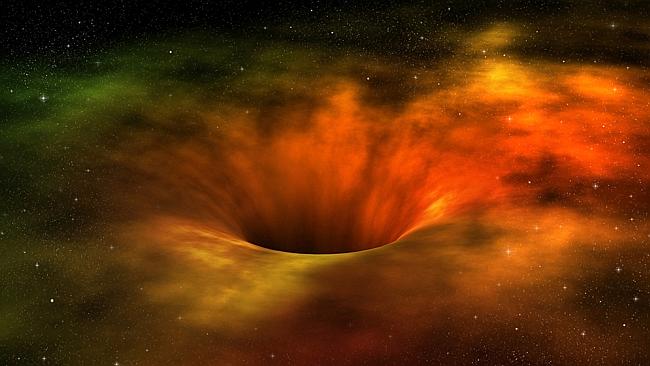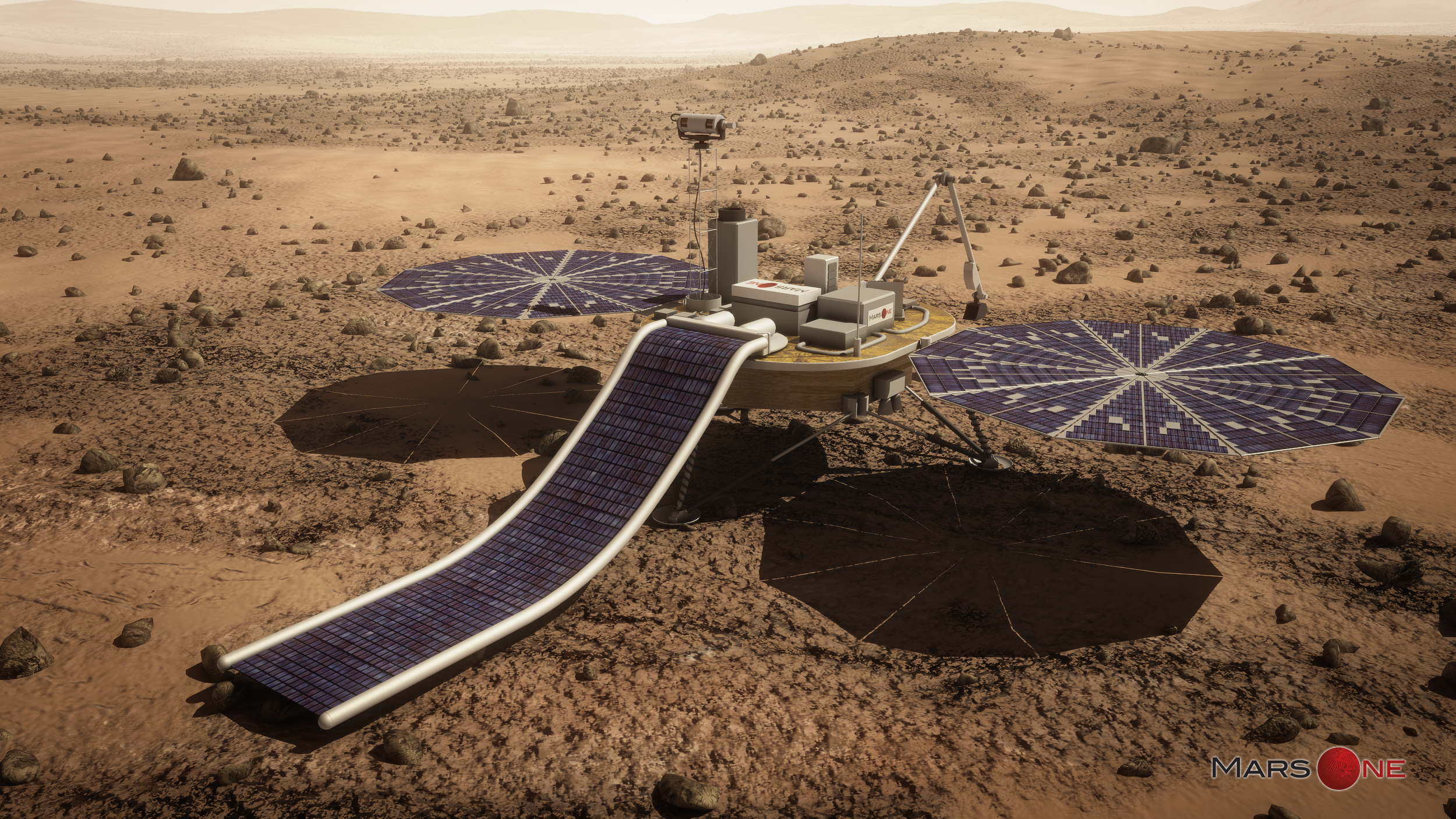 We all know that NASA has launched the MAVEN (Mars Atmosphere and Volatile Evolution) Mission from Cape Canaveral Air Force Station in Florida on 18th November, 2013. After a week after launching MAVEN, NASA has sent a sounding rocket to probe the atmosphere of VENUS.
We all know that NASA has launched the MAVEN (Mars Atmosphere and Volatile Evolution) Mission from Cape Canaveral Air Force Station in Florida on 18th November, 2013. After a week after launching MAVEN, NASA has sent a sounding rocket to probe the atmosphere of VENUS.The Venus Spectral Rocket or VeSpR for short, was launched successfully from White Sand Missile Range on 25th November, 2013. The VeSpR will study the present day escape of water from the atmosphere of Venus and relate it to the past abundance of water on Venus by measuring the Hydrogen above 90 Kms. on Venus.
VeSpR is a two-stage system, combining a Terrier missile - originally built as a surface-to-air missile and later repurposed to support science missions - and a Black Brant model Mk1 sounding rocket with a telescope inside developed by the Center for Space Physics at Boston University. Integration took place at NASA's Wallops Flight Facility in Virginia.
The Terrier stage fires for only 6 seconds after launch before it burns out and separates from the Mk 1, having accelerating from zero to 2100 km/hr (1300 mph). The Black Brant coasts upward for 6 seconds, before firing for about 30 seconds, taking the payload to a speed of over 7800 km/hr (4800 mph). At that point the rocket is 46 km high, but it already has enough speed to coast upward for almost four more minutes, reaching its peak of 300 km (186 miles) before starting its descent back to Earth. The payload made its final descent with a parachute and touch down about 80 km (50 miles) downrange of the launch site, where it can be recovered.
The Venus Spectral Rocket Experiment (VeSpR) collected data on 27 November 2013, on the escape of water from Venus' atmosphere during the flight of the suborbital rocket. The sounding rocket carried the telescope above most of Earth's atmosphere where it could observe ultraviolet light from Venus that would normally be absorbed by Earth's atmosphere. Total flight time was less than 10 minutes, and the telescope can be recovered and reused. Here is some general information about the Venus Spectral Rocket Mission.
| Organization | NASA |
|---|---|
| Major contractors | Boston University |
| Launch date | 27 November 2013 01:50 UTC |
| Launched from | White Sands Missile Range, New Mexico |
| Launch vehicle | 1st stage: Terrier missile 2nd stage: Black Brant |
| Mission length | Science phase: 10 minutes |
| Orbit height | 300 km |
| Telescope style | Cassegrain design |
| Wavelength | Ultraviolet |
| Diameter | 35 cm |
| Website | www.bu.edu/csp/PASS/vespr/index.html |










